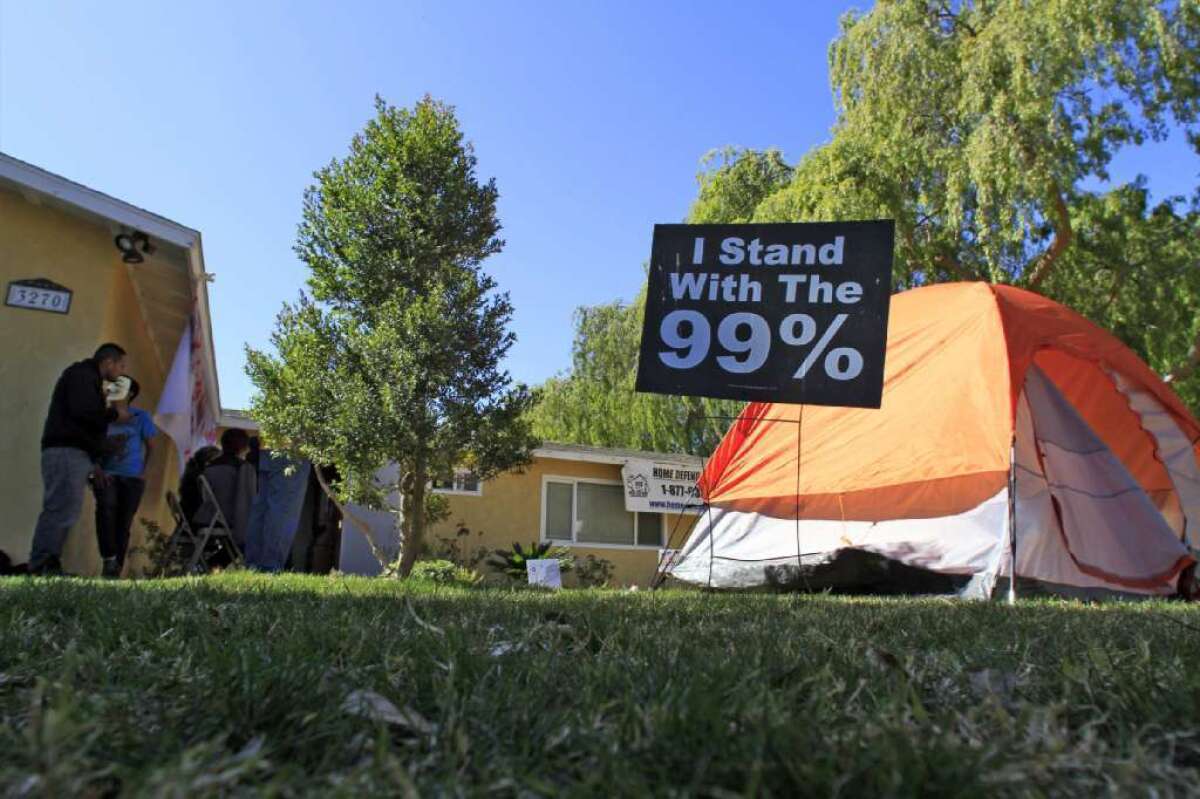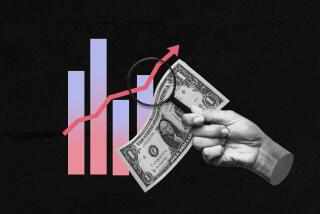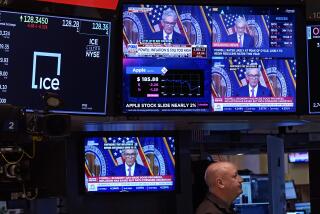Income gap between rich and poor is biggest in a century

If you feel you’re falling behind in the income race, it’s not just your imagination. The wealth gap between the top 1% and the bottom 99% in the U.S. is as wide as it’s been in nearly 100 years, a new study finds.
For starters, between 1993 and 2012, the real incomes of the 1% grew 86.1%, while those of the 99% grew 6.6%, according to the study, based on Internal Revenue Service statistics examined by economists at UC Berkeley, the Paris School of Economics and Oxford University.
The top 1% is defined as familes with incomes above $394,000 in 2012.
PHOTOS: Celebs not immune from bankruptcy
The Great Recession hit the top 1% harder than other income groups, but the wealthy recovered quicker too. From 2009 to 2012, as the U.S. economy improved, incomes of the top 1% grew more than 31%, while the incomes of the 99% grew 0.4% - less than half a percentage point.
“This implies that the top 1% incomes captured just over two-thirds of the overall economic growth of real incomes per family over the period 1993-2012,” economist Emmanuel Saez of UC Berkeley writes.
The 1929 stock market crash that preceded the Great Depression, followed by World War II, reduced an earlier national income gap for decades. But it began to grow again in the 1970s, and has widened since.
Saez attributes the trend not just to technology and job outsourcing, but to the reduced power of progressive tax policies and unions, along with “changing social norms regarding pay inequality.”
ALSO:
Where income inequality comes from
Los Angeles among cities with high income inequality
Activists protest income inequality outside executives’ homes
More to Read
Sign up for Essential California
The most important California stories and recommendations in your inbox every morning.
You may occasionally receive promotional content from the Los Angeles Times.










